On Monday, Nov. 10, President Raynard Kington addressed the audience at a public city council meeting, sharing information about the College in a national framework and commenting on the future relationship between the College and the community.
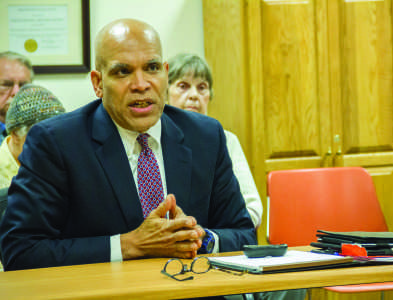
According to Kington, it was the first time a President had attended a city council meeting in many generations.
Following the commission of Crane MetaMarketing to evaluate the College’s national brand as part of Kington’s Institutional Identity project, the College has begun to take steps to improve its brand as an institute of higher education. A large part of these efforts involves deepening the relationship between the town and the College.
“We aren’t doing a good job connecting the College with the town as a whole. Up until recently, we didn’t even include the town on tours of the College,” Kington admitted. He also mentioned that compared to Dartmouth, Williams and Macalester, a few of the College’s peer institutions, Grinnell was not making a large enough effort to embrace its broader community.
One of the contradictions that Crane MetaMarketing noted in its “Review & Reflection Paper” was its imbalance of being “thriving in a prairie, or stuck in a cornfield,” a contradiction that Kington noted the College was working to clarify.
“We are going to move away from the ‘stuck on a cornfield’ language, and talk about thriving in a world that’s disappearing, but also a world that’s distinctively American,” Kington said. He also explained that the College had stopped selling its “Where the hell is Grinnell… who the hell cares?!” t-shirts that had previously been available in the bookstore, in an effort to re-brand the college.
During the meeting, Kington explained to the Council that the College struggled in having a distinct, iconic entrance point to the campus. A previous entrance point had been the John Crystal Center, where prospective and admitted students would first enter to visit the Office of Admissions.
“You know what the first think you saw was you left the front door? The loading dock of the Bucksbaum Center,” Kington said.
In order to combat this, the College is making plans to have renovations largely along Eighth Avenue, where they would also build a new Admissions Center.
“[The landscaping is] not to create a barrier between the town and the campus, but to signal ‘you’re entering a college campus,’” Kington said.
Kington explained that the community was essential to the College’s growth—the College has recently made “strategic purchases,” buying up the property at the intersection of West and Sixth Avenue and the property of the former Pizza Hut.
The purchases of town properties were just one way the College and the town could benefit from a stronger relationship. For the property at the intersection of West and Sixth Avenue, Kington noted that the College had been talking of hosting “a national competition [for] graduate landscaping students to come out with something really creative and interesting that would say something about the College and say something about the community.”
Prior to updating the Council on the College’s renovation and rebranding plans, Kington gave an update on how the College was doing and compared it to its peer institutions.
He highlighted the College’s recent successes, mentioning the New York Times’ review of Grinnell as the number two “Most Economically Diverse Top College” and how the College had its most competitive year of admission last year.
Kington also stated that when compared to its peer institutions, the College has a large commitment to providing financial aid and access to higher education to its applicants, pointing out that endowment takes up a higher percentage of Grinnell’s revenue stream than tuition does, a characteristic that is often reversed in other colleges.
However, Kington noted that though the College wants to remain committed to providing financial aid and access, “If we had a stronger brand and had most students willing to write those checks, we could give even better aid to the students who have need.”
“If we are able to raise more money and get more money from students who can afford to pay, it will allow us to use this unrestricted endowment to do lots of creative things and to make sure that we are in the long run, a great institution,” he said.
Kington ended his presentation by calling for the start of a long conversation between the College and the town.
Feedback from the public meeting was largely positive and optimistic for the future.
“For us to succeed as a town, you need to succeed, and for you to succeed, we need to succeed. And I think our goal is to find a happy medium,” said Jim White, member of Grinnell’s City Council and owner of Bates Flowers and Greenhouses.




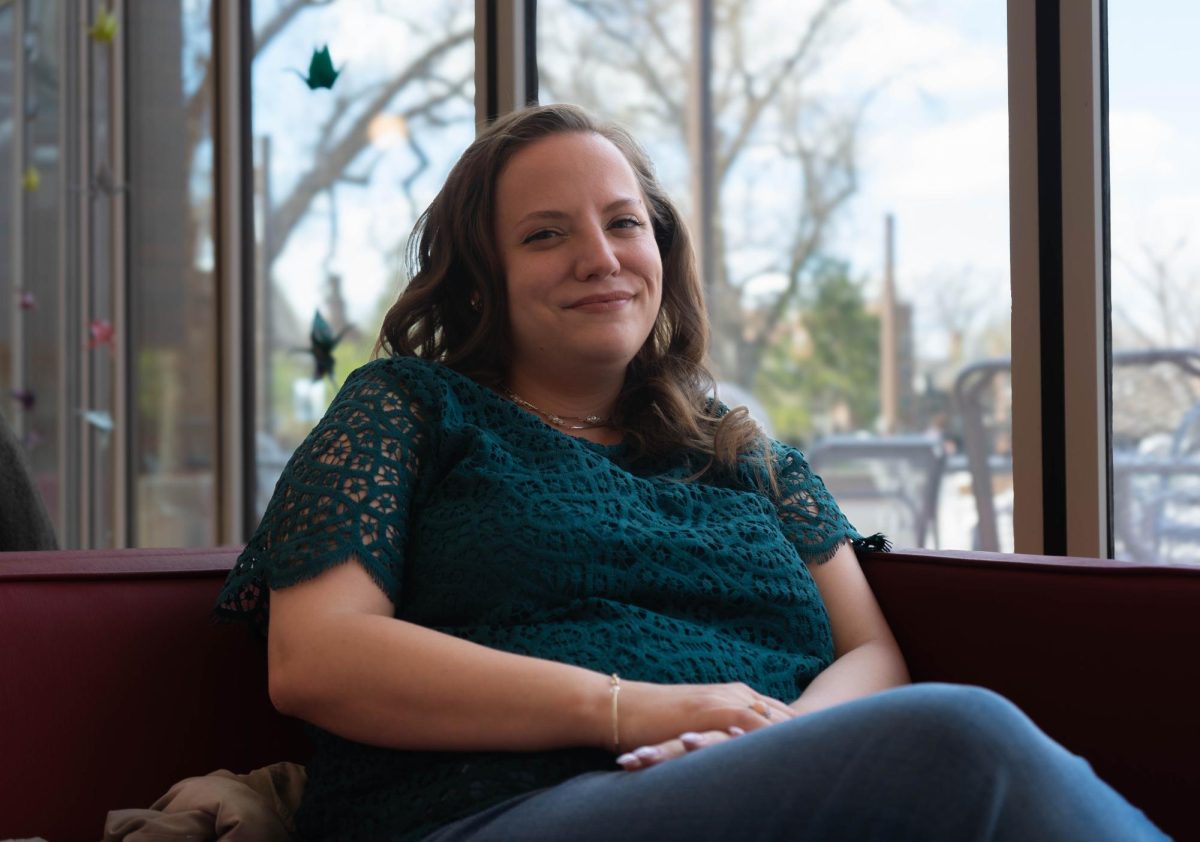



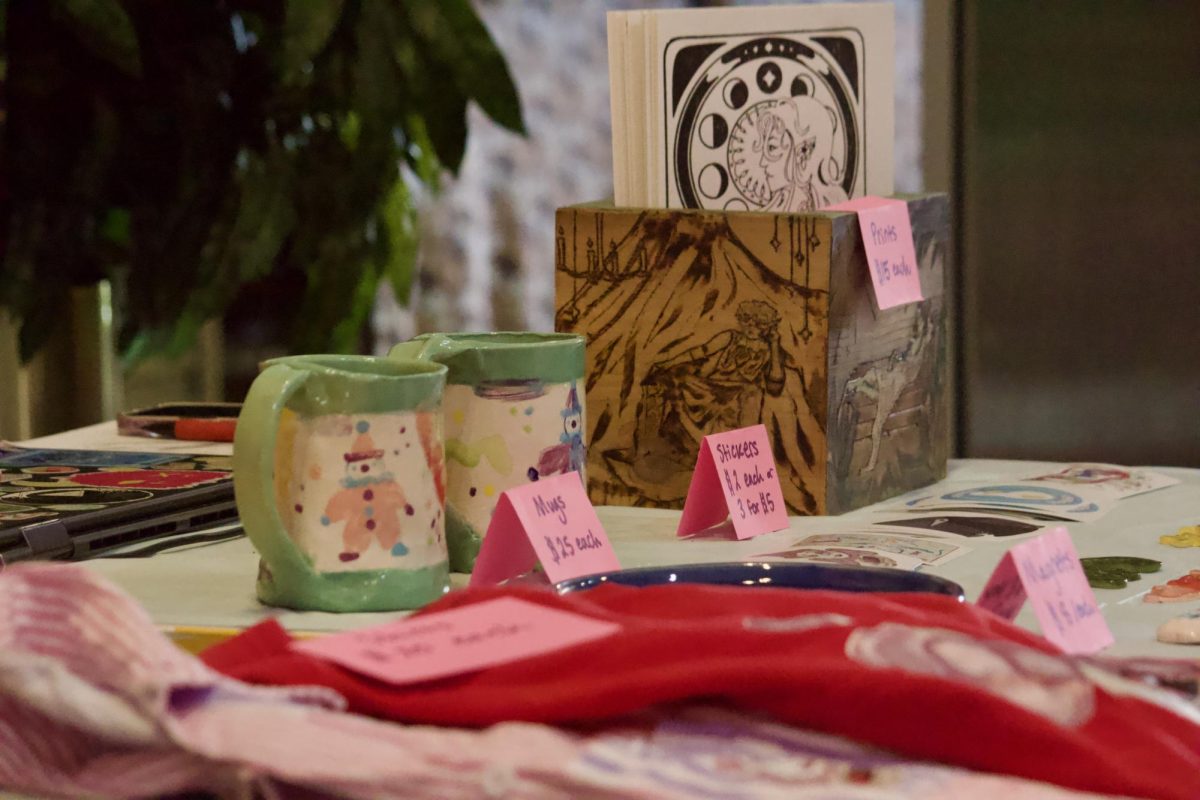
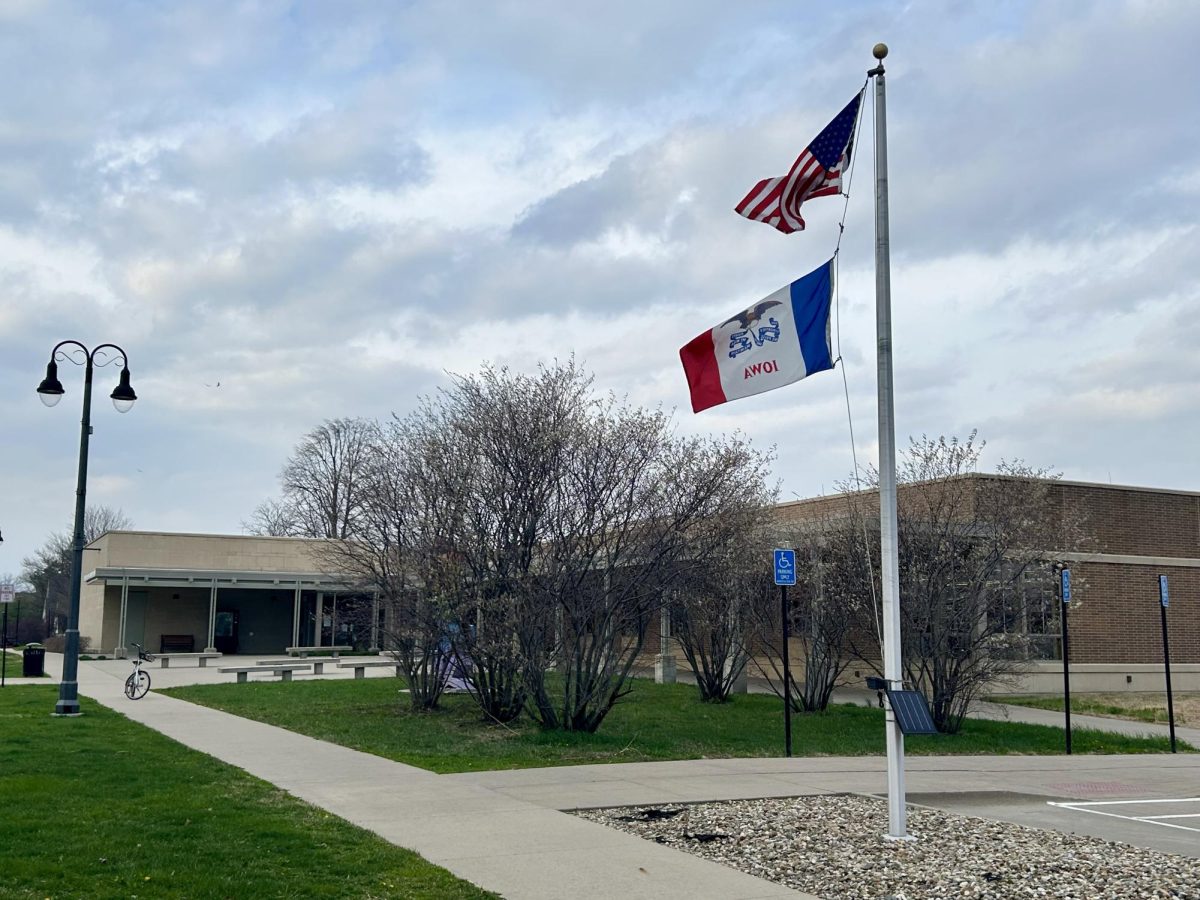



















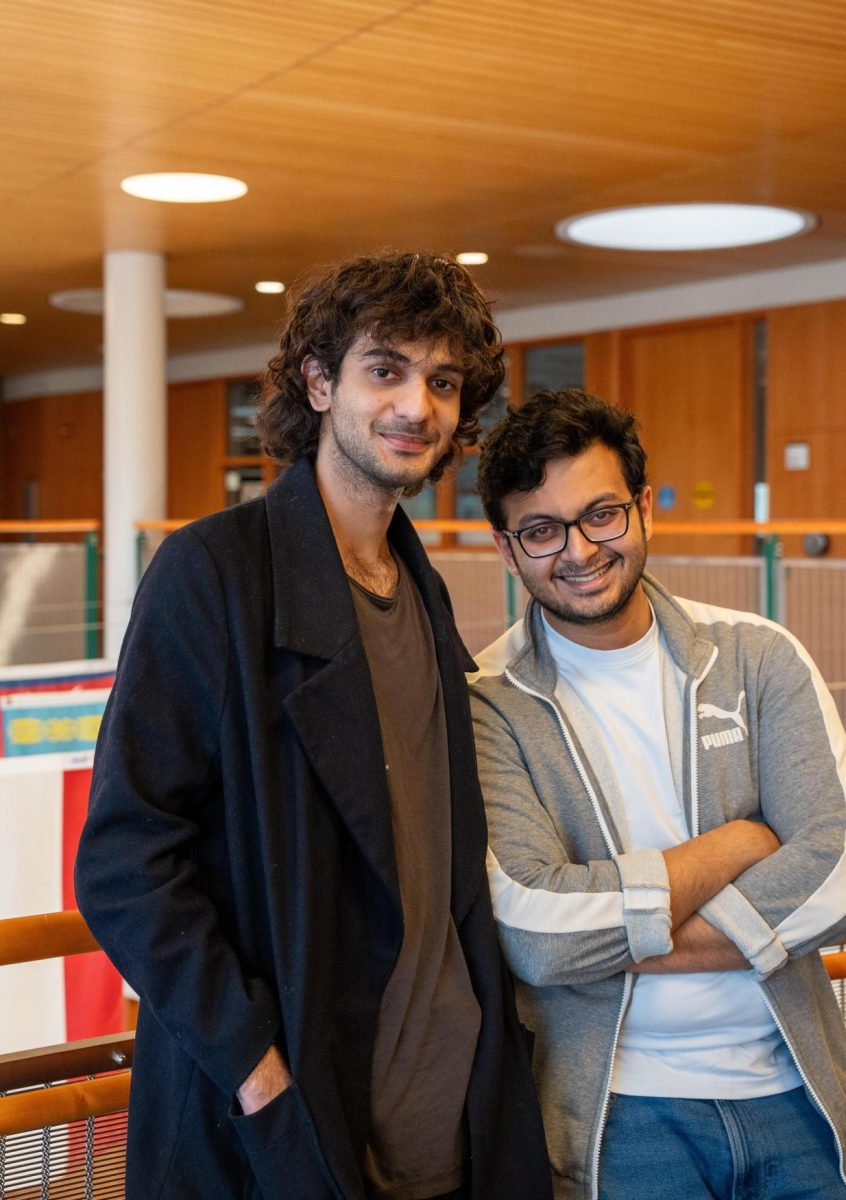












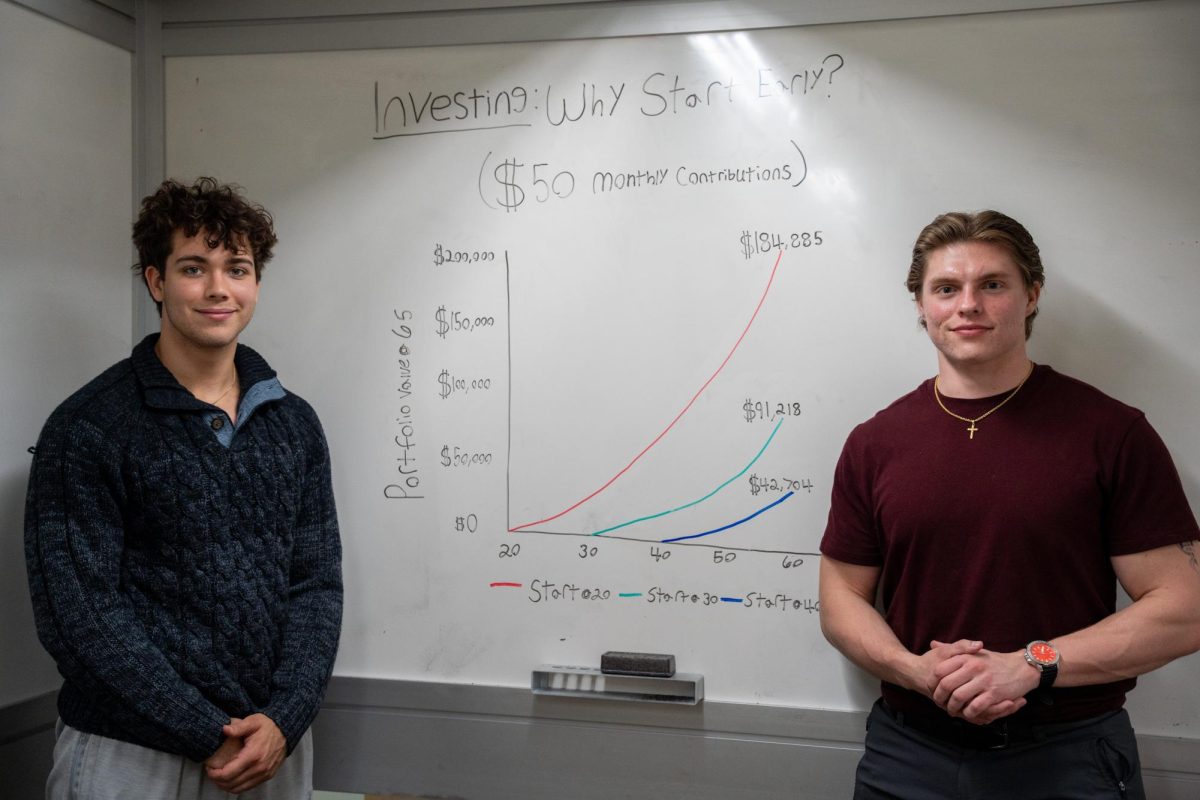

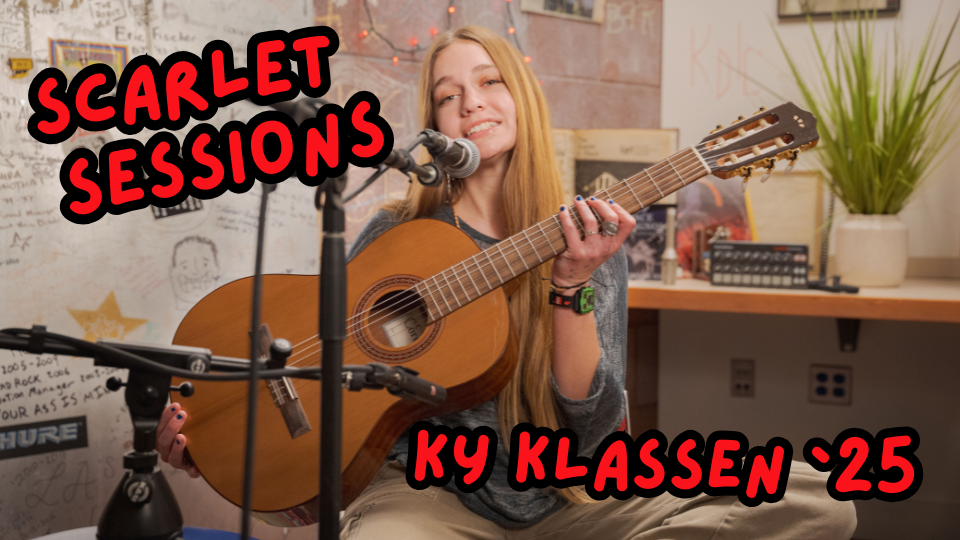
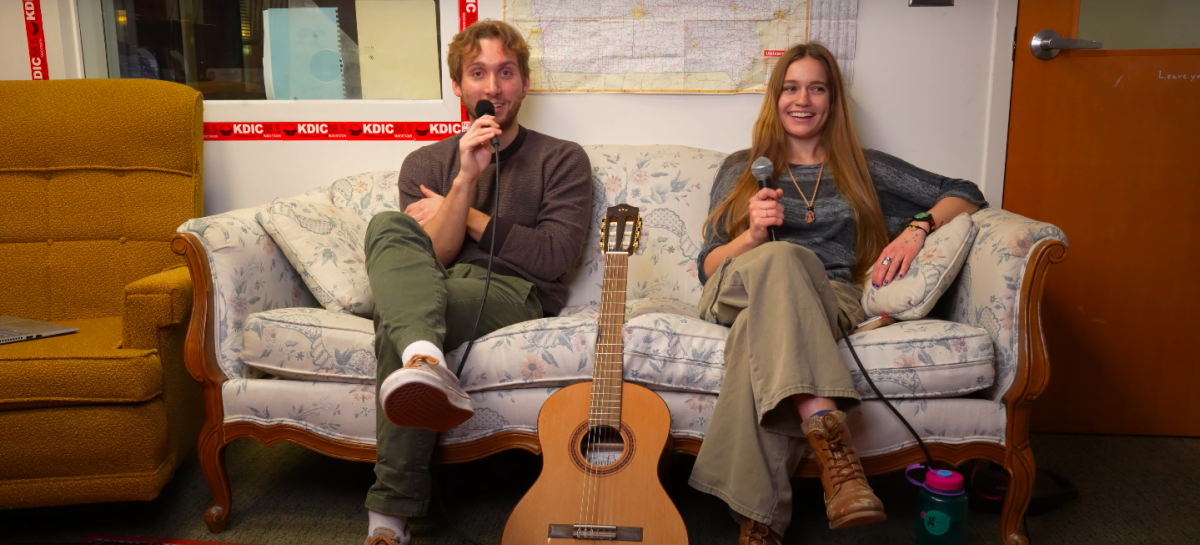




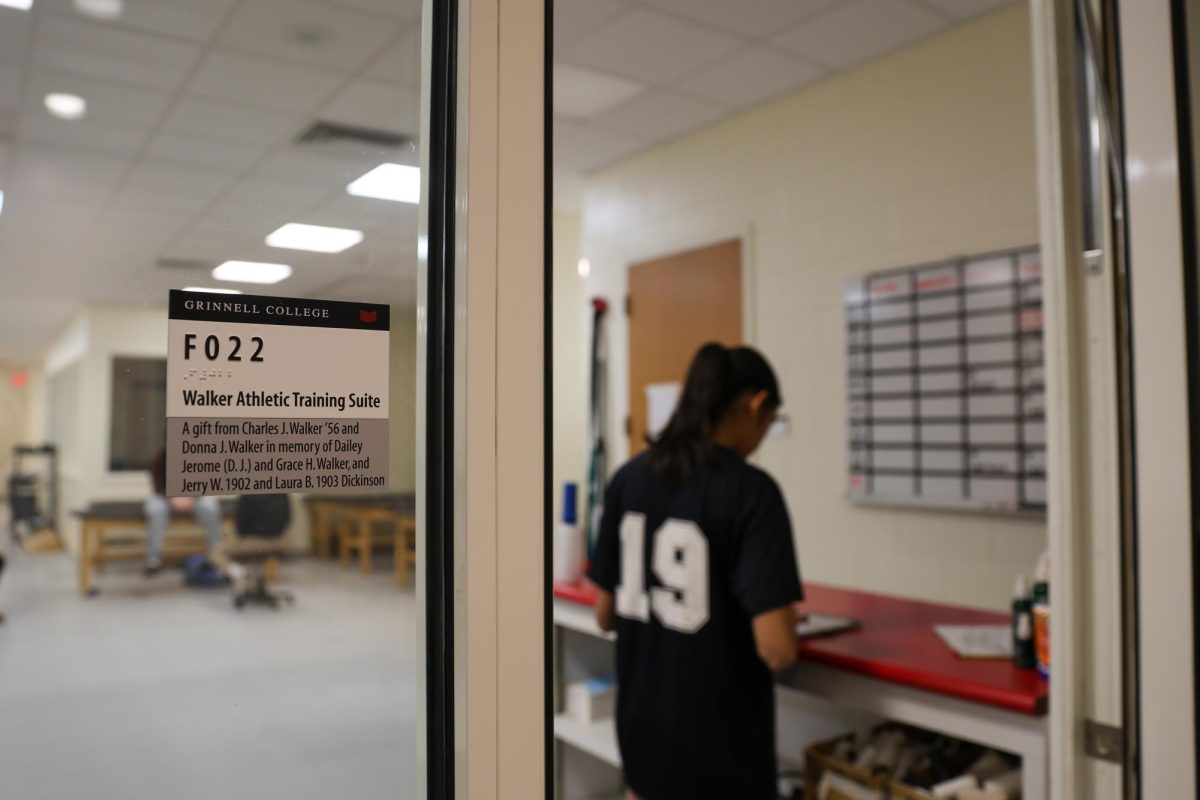

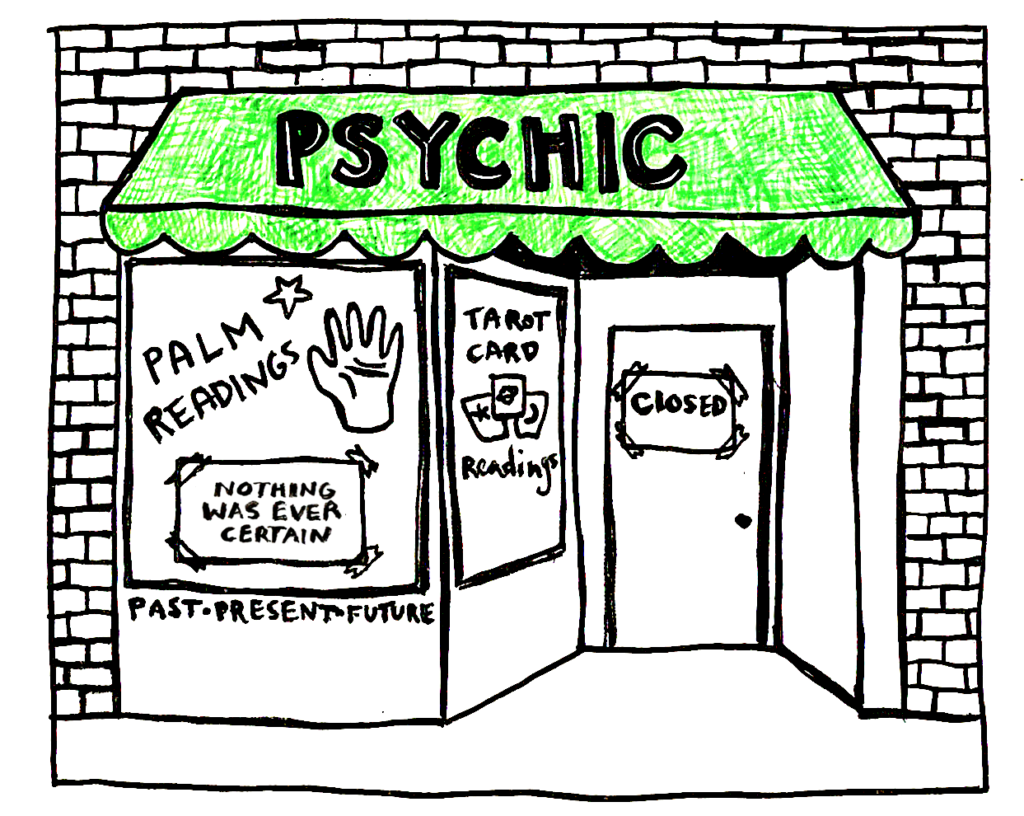
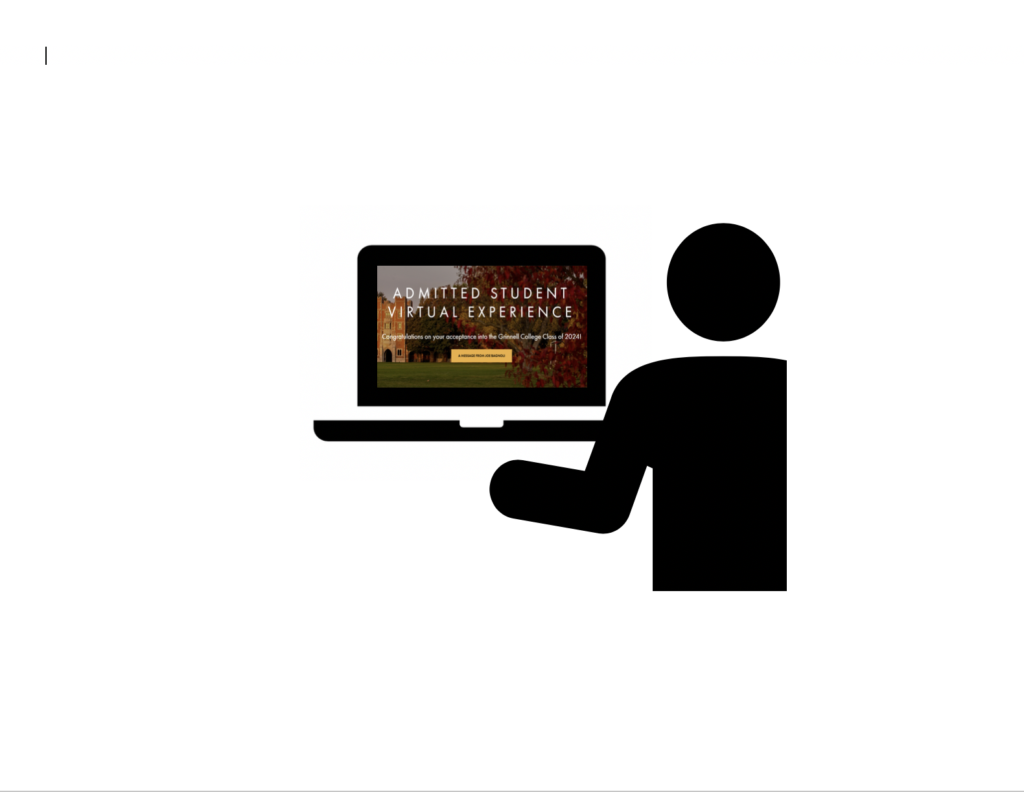

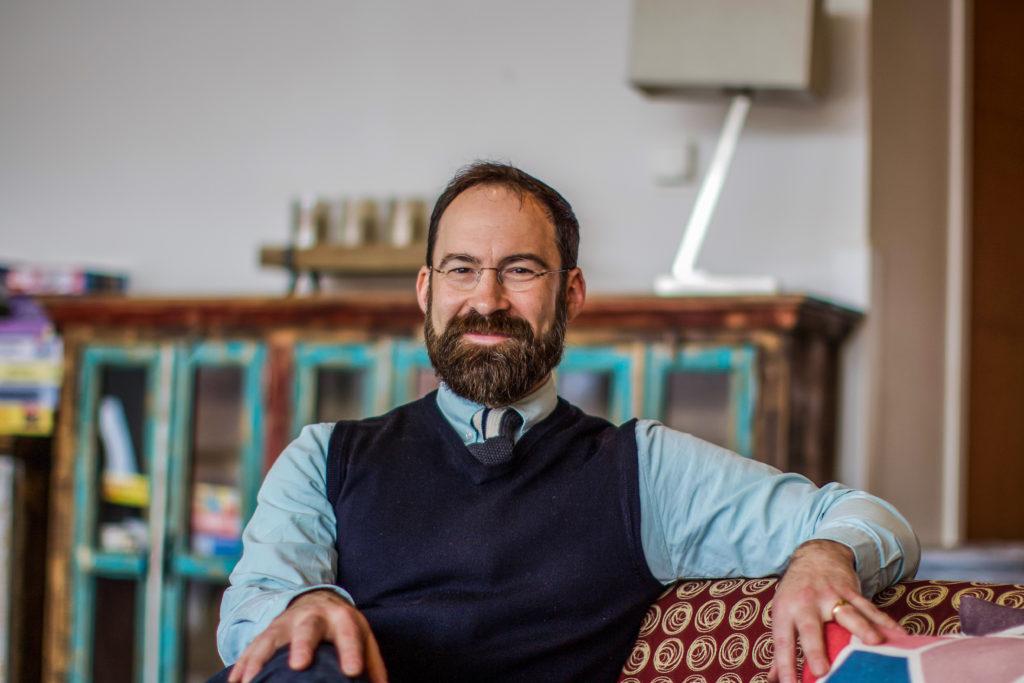
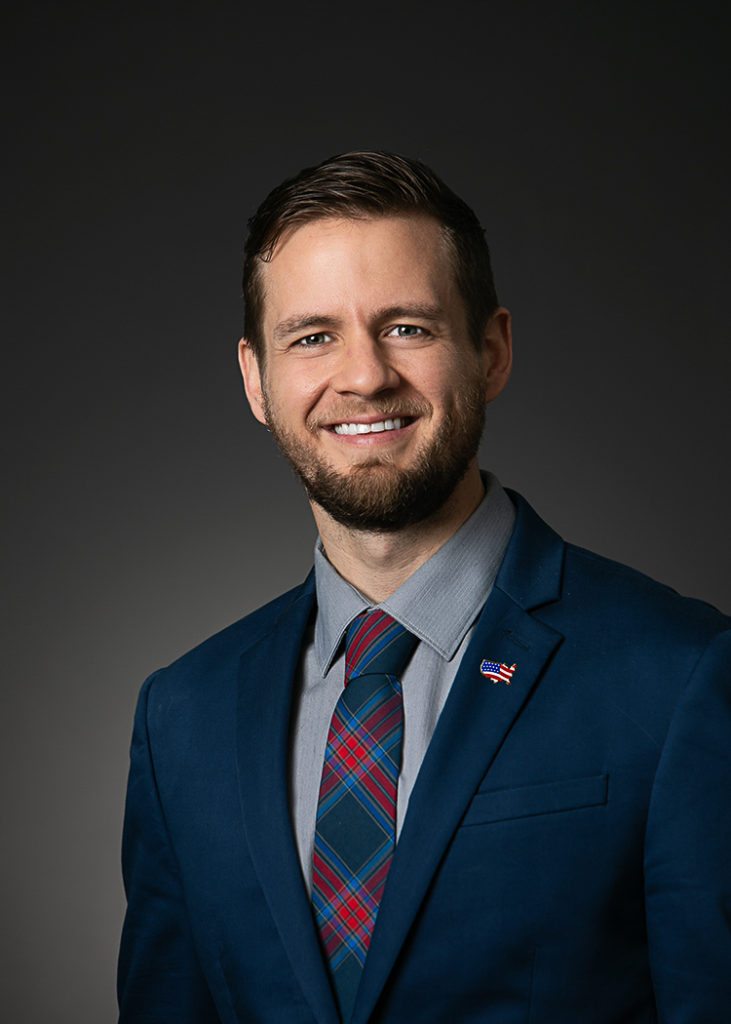
Christopher Gadsden • Nov 17, 2014 at 9:59 am
Kington shows his arrogance claiming he is the first to address the council. Going back 100+ years the college has always done best by the college first and town second. And here we go again.
Extend Kington’s logic and they’ll be buying all the Hwy 146 property to the interstate. Maybe put their welcome center out there?
How many more properties will the college take off the tax rolls. Doesn’t anyone get it? They buy more and pay less; we have less but pay more.
Kington should focus on running college instead of being a real estate developer prize-giver who has bloated salary and a snobbish and impractical world-view.